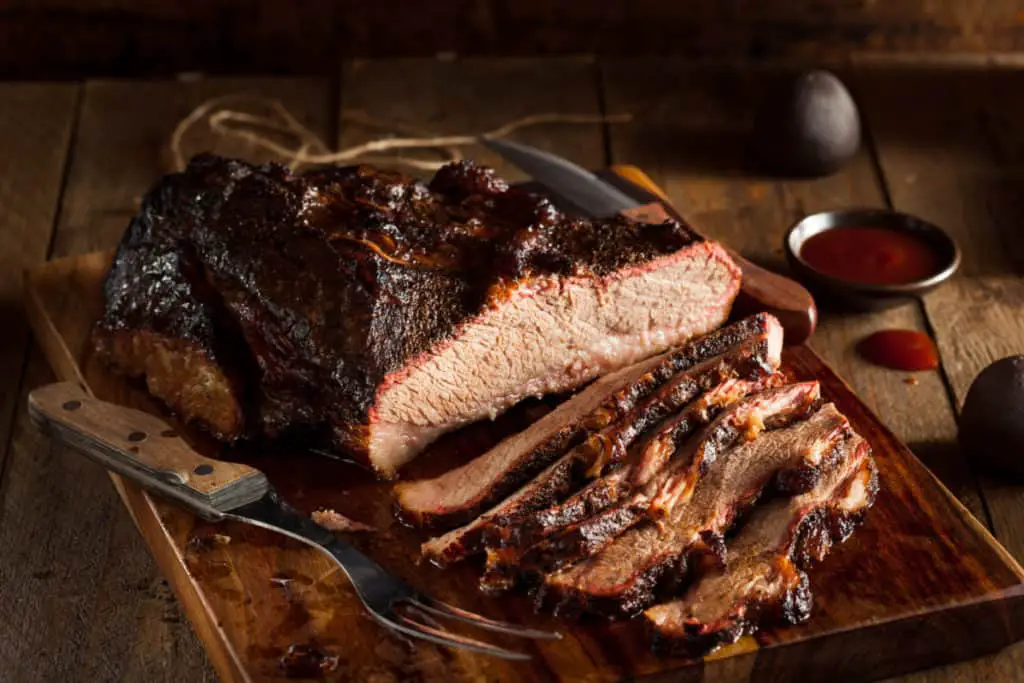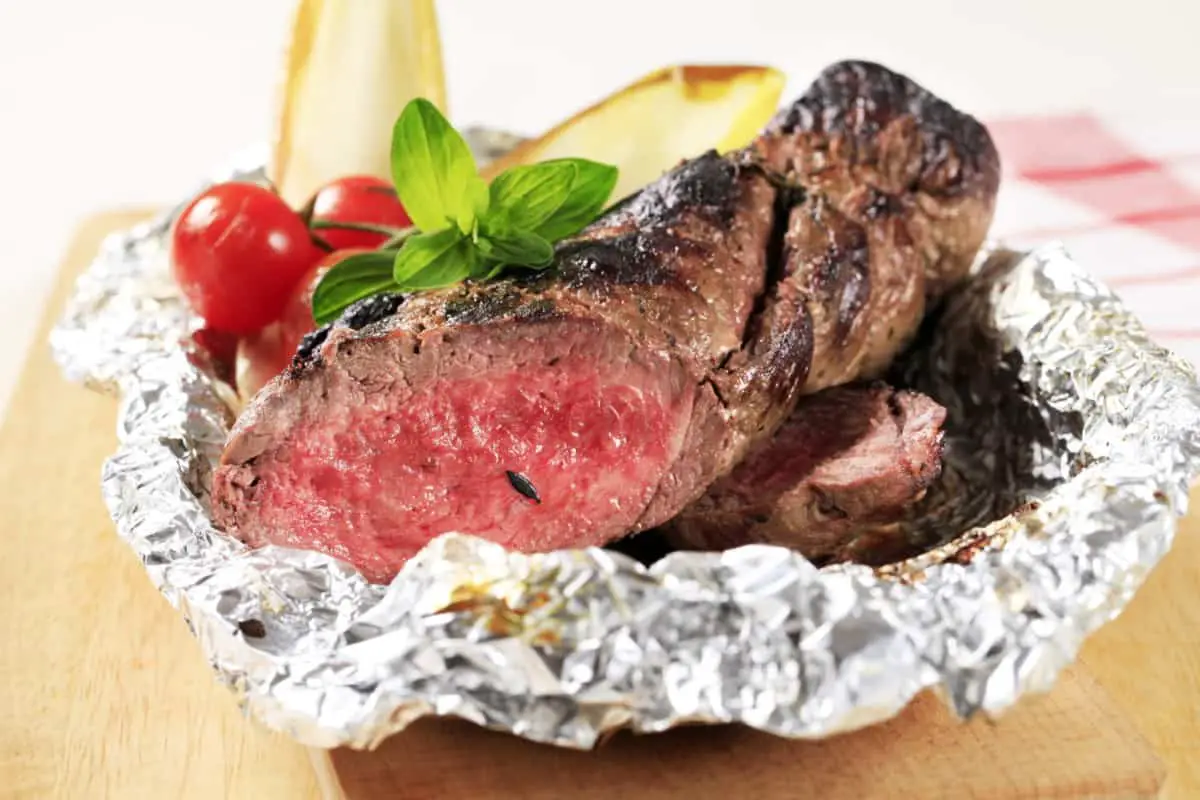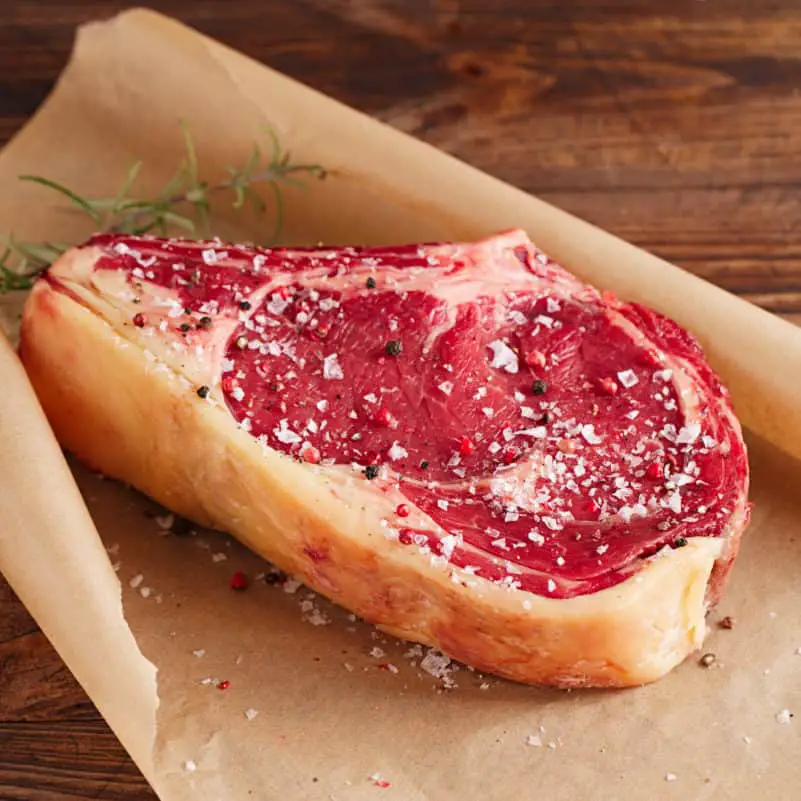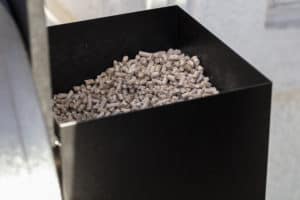Is Foil Or Butcher Paper Better For Smoking?
Disclosure: This post may contain affiliate links. If you use these links to buy something we may earn a commission at not additional cost to you. Learn more.

Smoking barbeque is a long, careful process. Briskets can take anywhere from ten to twenty hours to fully cook, and it would suck to spend an entire day laboring over a cut of meat, only for it to turn out wrong. But when the meat gets to around one-hundred and fifty or sixty degrees Fahrenheit, should you wrap the brisket in aluminum foil, butcher paper, or just leave it naked in the smoker?
Butcher paper is a happy medium between foil and naked smoking methods for all types of barbeque. It has benefits of both types without the cons of either. It really depends on your taste preferences and what you expect your smoked meat to look like.
Each type of smoking method ends up creating a brisket that is entirely different from the others when it comes to texture and taste. When it comes right down to it, there is no one right way. It just depends on what you want your brisket to taste like (and how long you want to wait for it to cook).
Naked

Naked smoked meat is just a term that means that the meat won’t be wrapped in anything, unlike the other two methods. It will lay on the rack, with no barrier between it and the smoke, so it’s sure to soak up all those smoky flavors. This method is the best for those who want All-American, authentic smoked meat that tastes like it came right out of an old Western movie, probably smoked by Clint Eastwood himself. Naked smoked brisket doesn’t taste so much like beef (or whatever meat you choose). It tastes like the smoke, which makes sense. There is nothing separating it from the smoke, so it shouldn’t be shocking when it comes out tasting like smoke (and only smoke).
The bark on the brisket is also the crispiest when this method is used. Bark is the thick crust of the meat that forms around the outer edge of the brisket by a process known as the Maillard Reaction. The Maillard reaction is kind of complicated, but basically, it’s the chemical reaction that occurs between the sugars and amino acids in the meat (and from the wood) that create that delicious aroma and flavor. You know how your steak starts to smell really good when it’s cooking, and it gets a nice brown layer on it? That’s the Maillard reaction at work.
So, this method ends up with a strong smoky flavor, and a thick, delicious crust. What could possibly go wrong? Well, there are two big issues when it comes to this method that could deter amateur smokers: the brisket stall, and handling the moisture.
The moisture problem is pretty-straightforward. When the meat is naked while being smoked, it’s not only in direct line of all the smoke, but it also is in direct line of all the heat. There is no barrier, and that means that there’s nothing to reduce the heat that is hitting the meat straight-on. High amounts of heat for a long time will cook it, but it can also dry out the meat if you’re not careful. But, even if you do accidentally dry out your brisket, it’s nothing that thick layers of barbeque sauce can’t fix.
The second problem doesn’t really make the brisket taste much different, but it has to do with the time. The brisket stall is something that occurs when the temperature of the brisket gets to be around one-hundred and fifty (150) to one-hundred and seventy degrees (170) Fahrenheit (or around 65-76 degrees Celcius). Up until that point, the brisket will be steadily increasing in temperature over hours of cooking. But when it hits that temperature mark, it will stop increasing for a few more hours, which is not great. The brisket needs to be at around two-hundred degrees Fahrenheit (around 93 degrees Celcius) before it’s done, and stalling around the 150-degree mark isn’t good. The brisket will eventually get to the right temperature, but it takes much longer when the meat is naked. Foil and Butcher paper methods both remove this problem.
Foil

Wrapping the meat in foil before smoking it is almost the exact opposite of smoking naked meat. Brisket that has been wrapped in foil for the last bit of cooking will taste the most like beef (or whatever meat you choose) since the foil provides a sturdy barrier between the smoky flavors and the meat. It might get a slight hint of smoke, but being wrapped in foil keeps it self-contained, so all the juices will soak back into the meat, promoting the meaty flavor.
This method also removes the brisket stall problem, and it reduces the smoking time by at least an hour (when compared to the naked method). If you don’t like the smoky flavor and you don’t want to wait forever for your meat to cook then this might be the method for you.
But the juices soaking back into the meat can get rid of the crunchy bark, braising the meat. Braising is when meat is simmered in its own juices to enhance its own flavor and to tenderize it. The foil wraps the meat in its own little contained juice package, so braising is more than a little common with this method. There’s a reason some people call foil-smoked brisket a different kind of “Sunday roast.”
Butcher Paper

This is the best of both worlds. It tastes like smoky meat, a good balance of both flavors. It takes less time than naked brisket, and it won’t braise the brisket as foil does. It’s right in the middle of both extremes, and it’s not any harder to wrap meat in butcher paper than it is to wrap it in foil.
But if your someone who likes super crispy, almost crunchy smoked meat, the best method is naked. And if you want the brisket to be as moist and tender (and less smoky) as possible, then foil is your best bet. Butcher paper takes pros from each side, but if you just like how the naked brisket tastes best, and you don’t mind the extra wait, then feel free to smoke your brisket how you want. It all depends on you.







